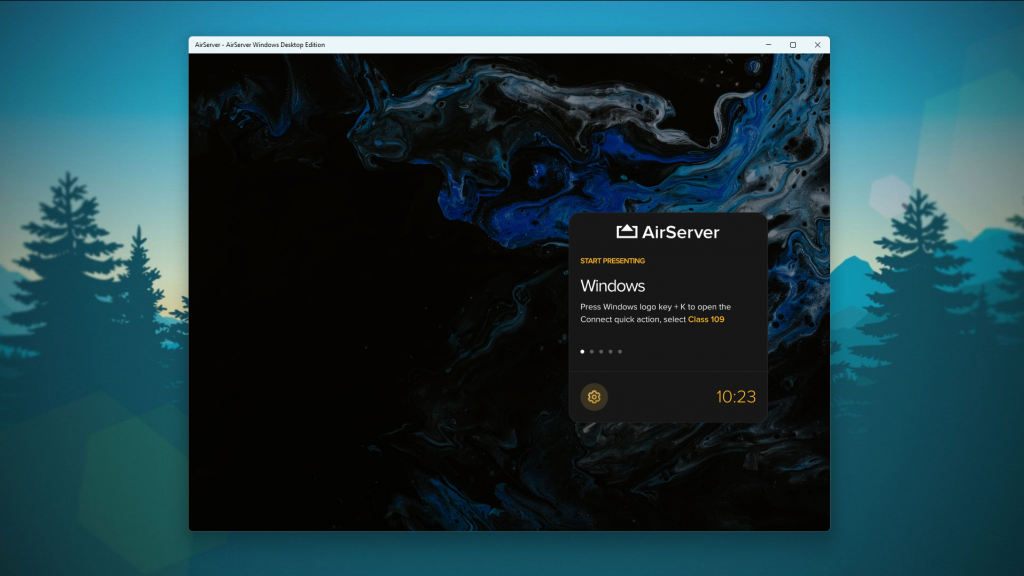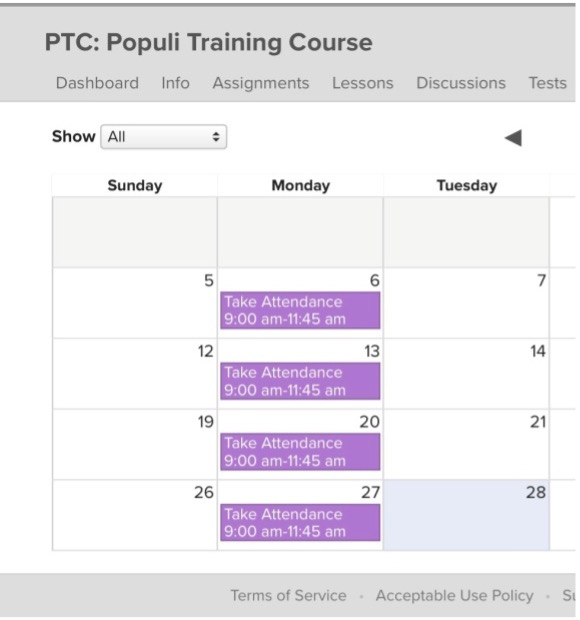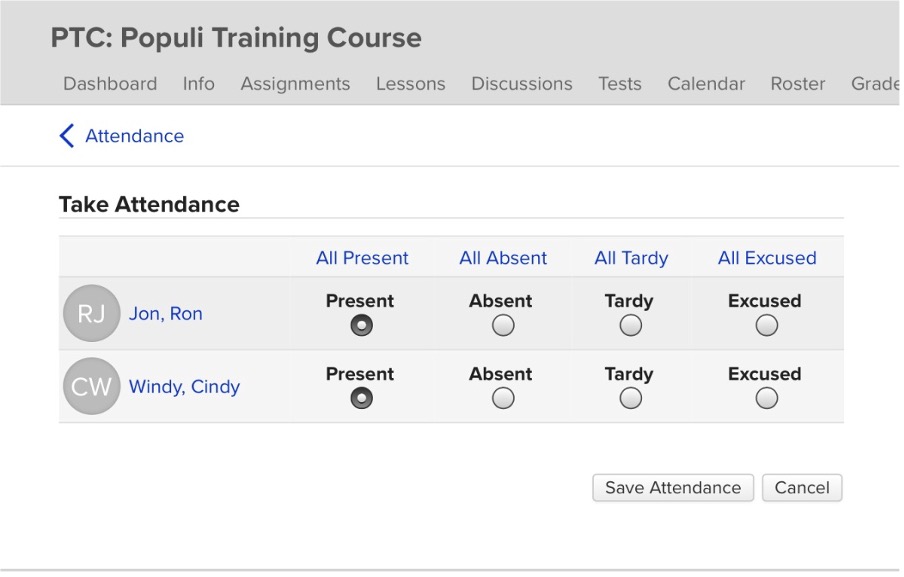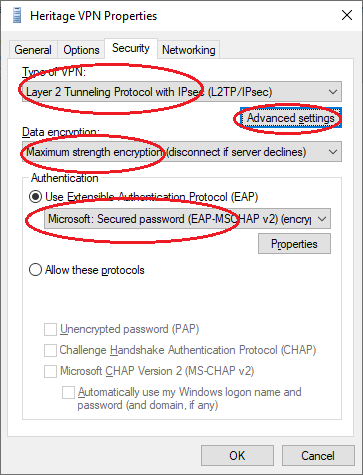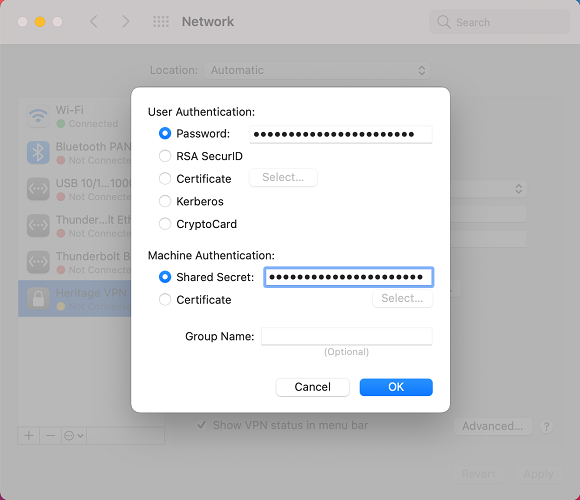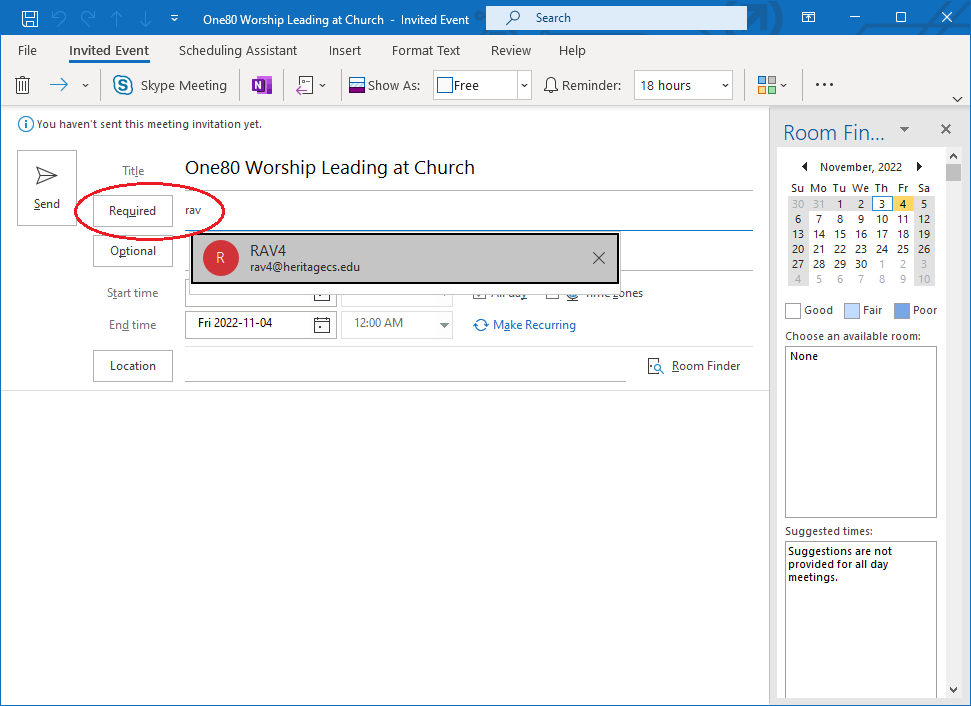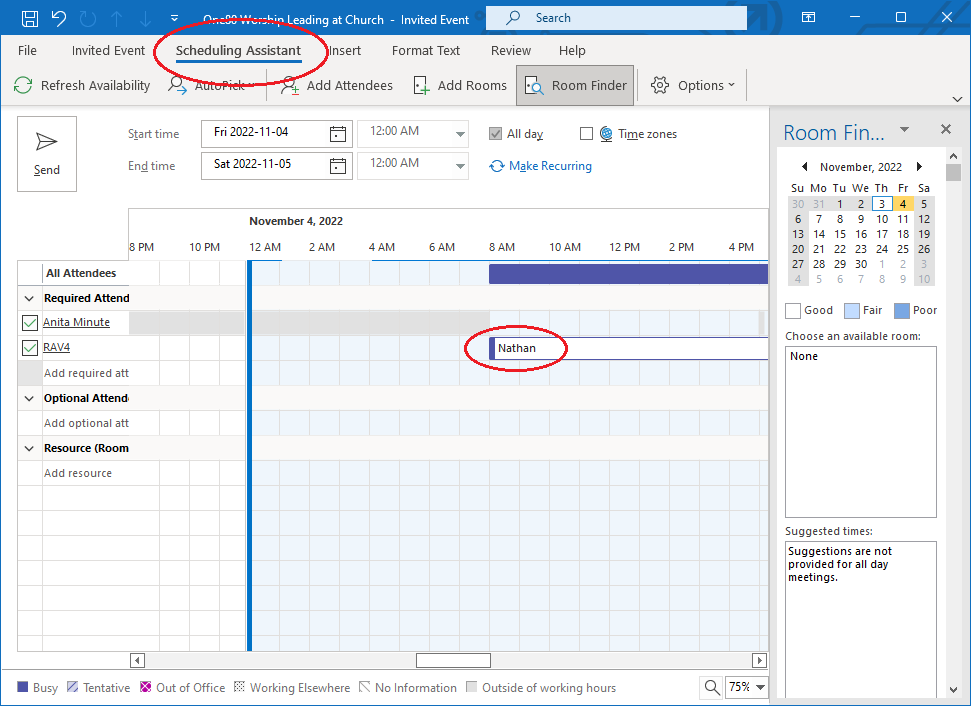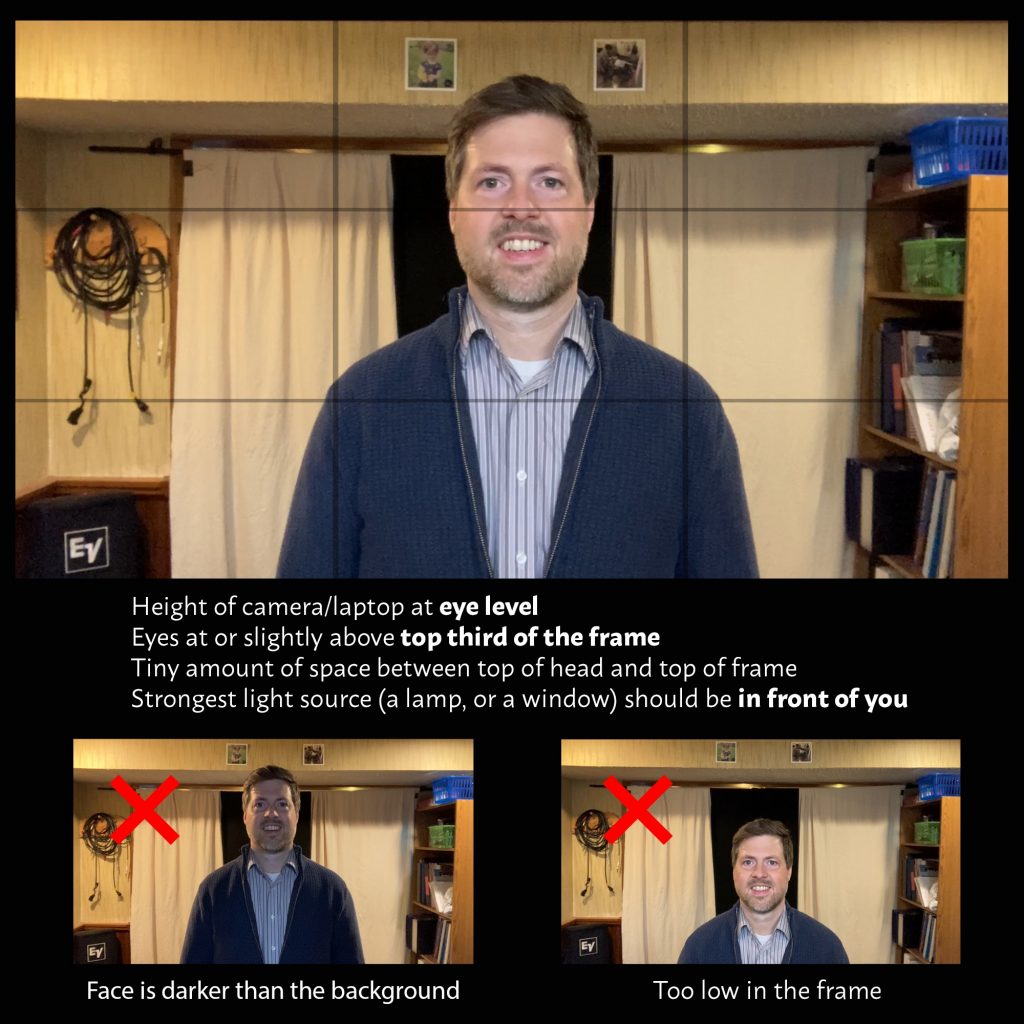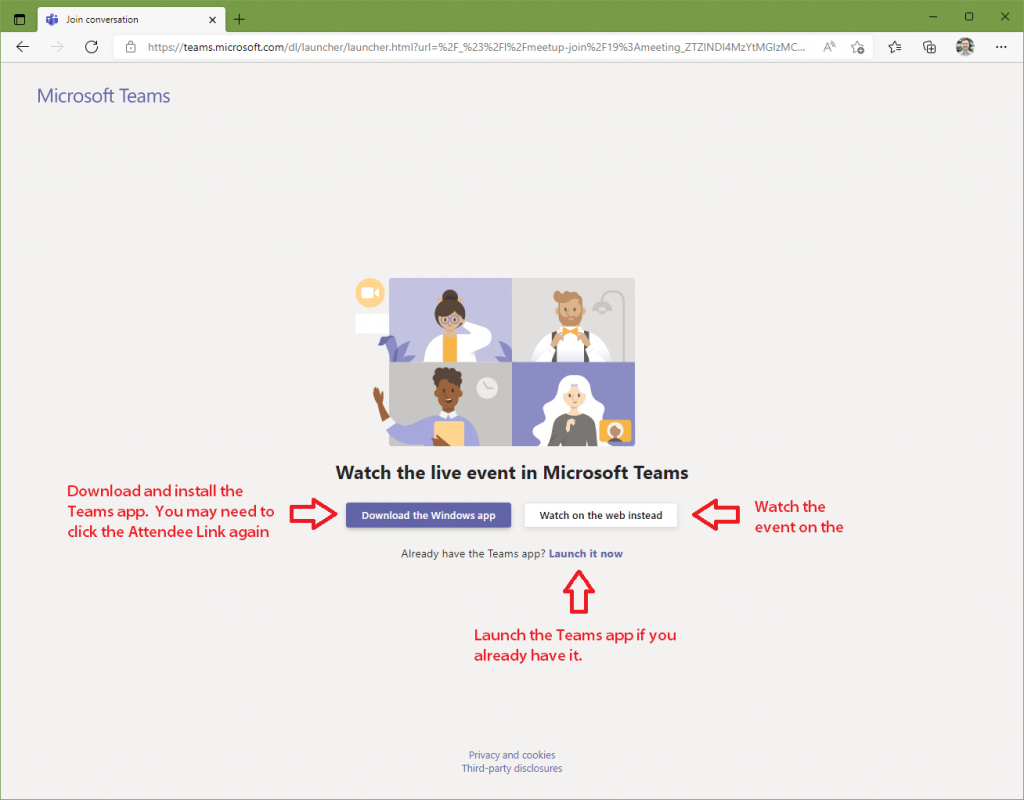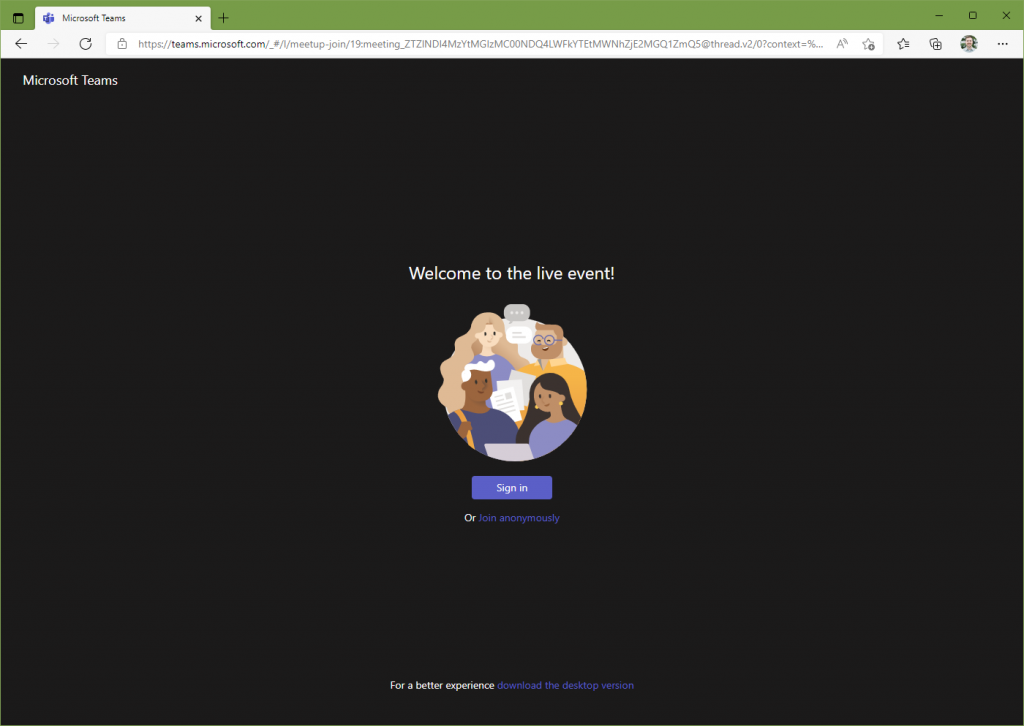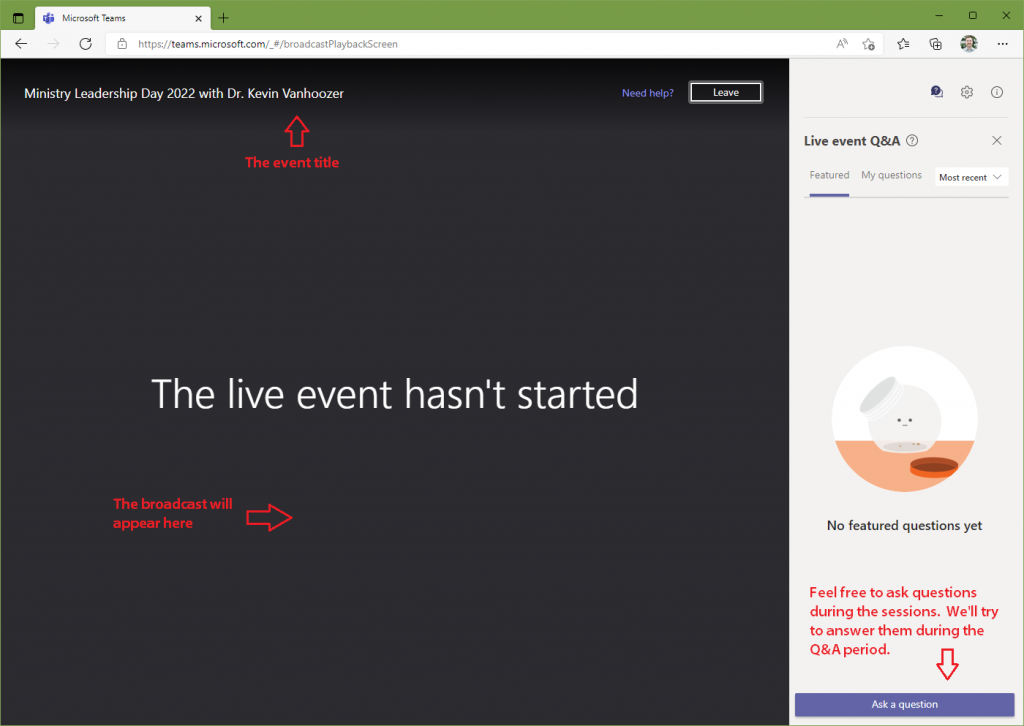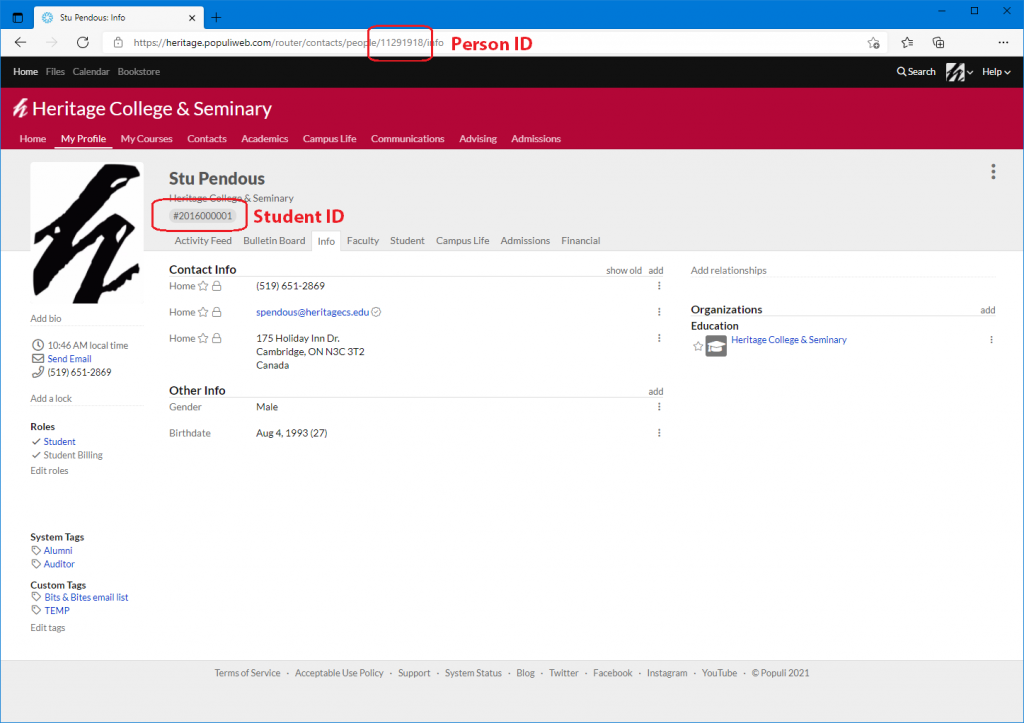Heritage Hubs is an exciting new course delivery method that allows students to receive a world-class theological education from Heritage professors, engage with on-campus students in real-time, and stay close to students from their home town.
A Heritage Hub location is the place where students will attend classes and hang out with other students from their area. To accomplish this, the following guidance is provided. These technologies will foster interactivity between professors and students regardless of location.
A Heritage Hub location will provide a room with the following technical requirements.
Classes of all sizes
- Computer: Desktop or Laptop running Windows or MacOS.
- Large-format TV (43-inch or larger) with HDMI connection to the computer.
- In-room speakers connected to the computer (or use the Large-format TV speakers).
- Microsoft Teams installed on the computer.
- Wireless or wired Internet access.
Classes with up to five (5) students
- 1080p webcam with a built-in microphone and USB connection to the computer.
- Tripod to support the webcam (optional).
Classes with up to ten (10) students
- Meeting Owl 3 OR Meeting Owl Bar
Classes with up to fifteen (15) students
- Meeting Owl 3, OR Meeting Owl Bar
- Meeting Owl Expansion Mic
Classes with up to twenty (20) students.
- Meeting Owl 4 x2
- Meeting Owl Expansion Mic

